Recall the excitement of speeding a small metal car along a vivid orange track, launching it through a loop the loop? For more than half a century, Hot Wheels has fueled that exhilaration, yet the narrative behind these legendary die-cast vehicles is deeper than mere entertainment. It’s a story of creativity, a love for automotive culture, and an unexpected financial success.
The Garage Door Opens, A Toy is Born
The adventure started in 1968 when Elliot Handler, a co-founder of Mattel, recognized a void in the toy car market. He aimed to design a vehicle that would be faster and more stylish than anything available at the time. Collaborating with a car designer and a rocket scientist, he introduced the “Sweet 16” collection, a series of customized die-cast cars featuring eye-catching Spectraflame paint, authentic mag-wheels, and most notably, low-friction plastic wheels. This minor innovation made them popular and quickly distinguished them from their rivals.
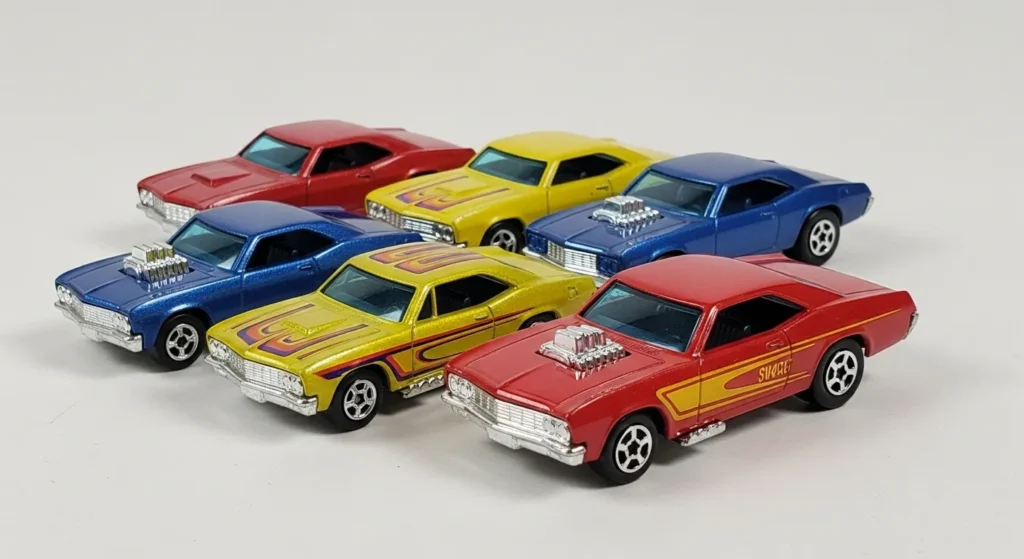
From Sketch to Shelf: The 18-Month Journey
The brand’s dedication to engineering as an art form is demonstrated by the painstaking design and production procedures that go into each Hot Wheels vehicle. From the first idea to the final product on the shelf, the complete process takes about 18 months. A concept sketch serves as the starting point for the adventure, which is subsequently converted into a three-dimensional digital model. This is the point at which the subtle and artistic components are converted into physically producible parts.
Making prototypes with in-house 3D printing technology is an important step. This enables designers to physically test the model and make any necessary modifications prior to the start of mass production. The automobiles’ bodywork are made using a zinc-based alloy called Zamak 3 and a method known as die-casting. To create the car’s structure, this alloy which is mostly made of copper, magnesium, aluminum, and zinc is heated to 384 degrees Celsius and then pumped into a mold.
Following casting, the car’s body is trimmed to smooth out any sharp edges before painting. The vehicles are coated with a glossy, long-lasting enamel paint that offers a strong finish. In addition to the brand’s ongoing habit of employing designers from the automotive sector, this multi-stage production cycle shows that Hot Wheels is far more of a tiny car firm than a conventional toy corporation. The integrity of each die-cast model is guaranteed by this deep dedication to technical rigor, which works in silent tandem with the brand’s creative vision.
The Road to Billions: From Playroom to Collector's Shelf
The genius of Hot Wheels wasn’t just in the cars themselves, but in the entire ecosystem. The iconic orange track was the perfect stage, allowing for stunts and races that were previously impossible. But the real game-changer came in the 1990s when Hot Wheels strategically embraced the adult collector.
The introduction of limited-edition series like the Treasure Hunts created a new dynamic, transforming the simple act of buying a toy into a thrilling treasure hunt. This strategy proved to be wildly successful, as it tapped into the nostalgia of adults who grew up with the brand.
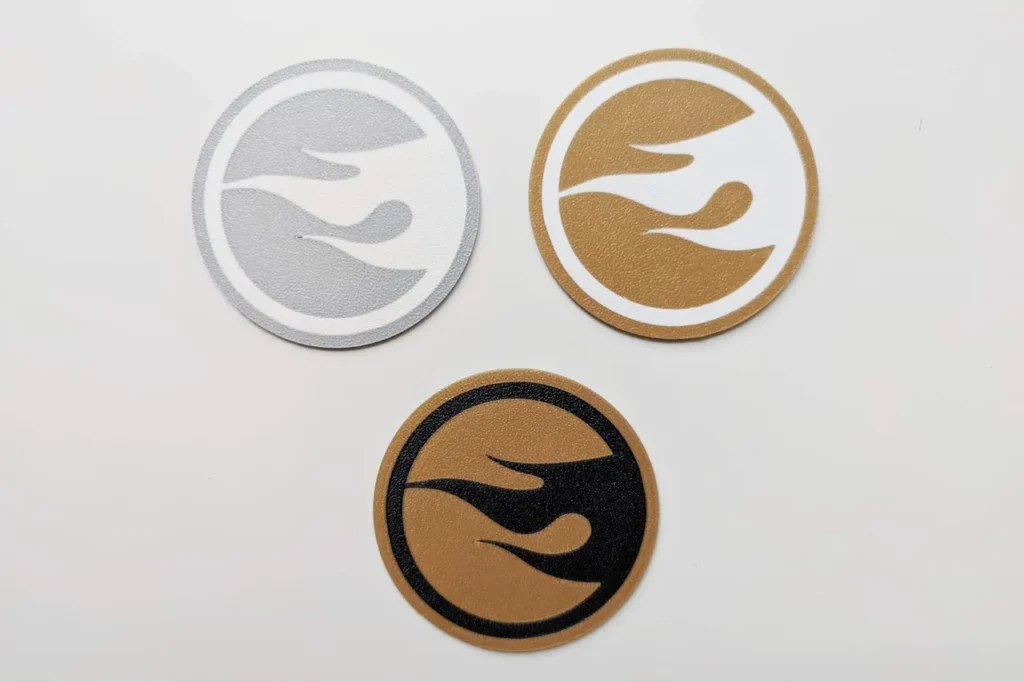
- Regular Treasure Hunts: Introduced in 1995, these are limited-run cars that can be found in any retail location that sells Hot Wheels. They are identified by a small circle with a flame logo on the card and the car itself, and sometimes the words “Treasure Hunt” or “T-Hunt” on the packaging. Regular Treasure Hunts are produced in a larger quantity than their “Super” counterparts and are considered a more frequent find, providing a rewarding experience for casual collectors and newcomers.
- Super Treasure Hunts (STH): Introduced in 2007, these are an even rarer, upgraded version of a regular vehicle. Super Treasure Hunts are distinguished by their high-quality Spectraflame paint and rubber Real Rider tires. They are identified by a distinctive golden flame logo on the card and a “TH” decal on the car itself, or the word “Treaure Hunt” or “T-Hunt”. These are produced in extremely small quantities, making them significantly harder to find and more valuable. The existence of these highly elusive models creates a constant “goldmine” experience that keeps dedicated collectors in the hunt for years.
Statistics That Will Rev Your Engine
Hot Wheels isn’t just a nostalgic toy; it’s a massive global business. The numbers tell a powerful story of its enduring appeal:
Hot Wheels is estimated to have produced over 6 billion die-cast cars, a number that surpasses the total number of real cars in the world.
Mattel’s Hot Wheels brand has experienced significant sales growth, with global gross sales increasing from $797 million in 2016 to $1.58 billion in 2024, reflecting a 98% surge over eight years.
A major reason for this growth is the “kidult” demographic. According to recent reports, this market, which includes adults aged 12 and above seeking nostalgic and premium products, is a key driver of sales.
While a mainline car costs just over a dollar, the rarest Hot Wheels can be worth a small fortune. The most famous example is the prototype of the 1969 Rear-Loading Volkswagen Beach Bomb. Only a handful of these exist, with one known pink version valued at over $175,000.
The Journey Through the Decades
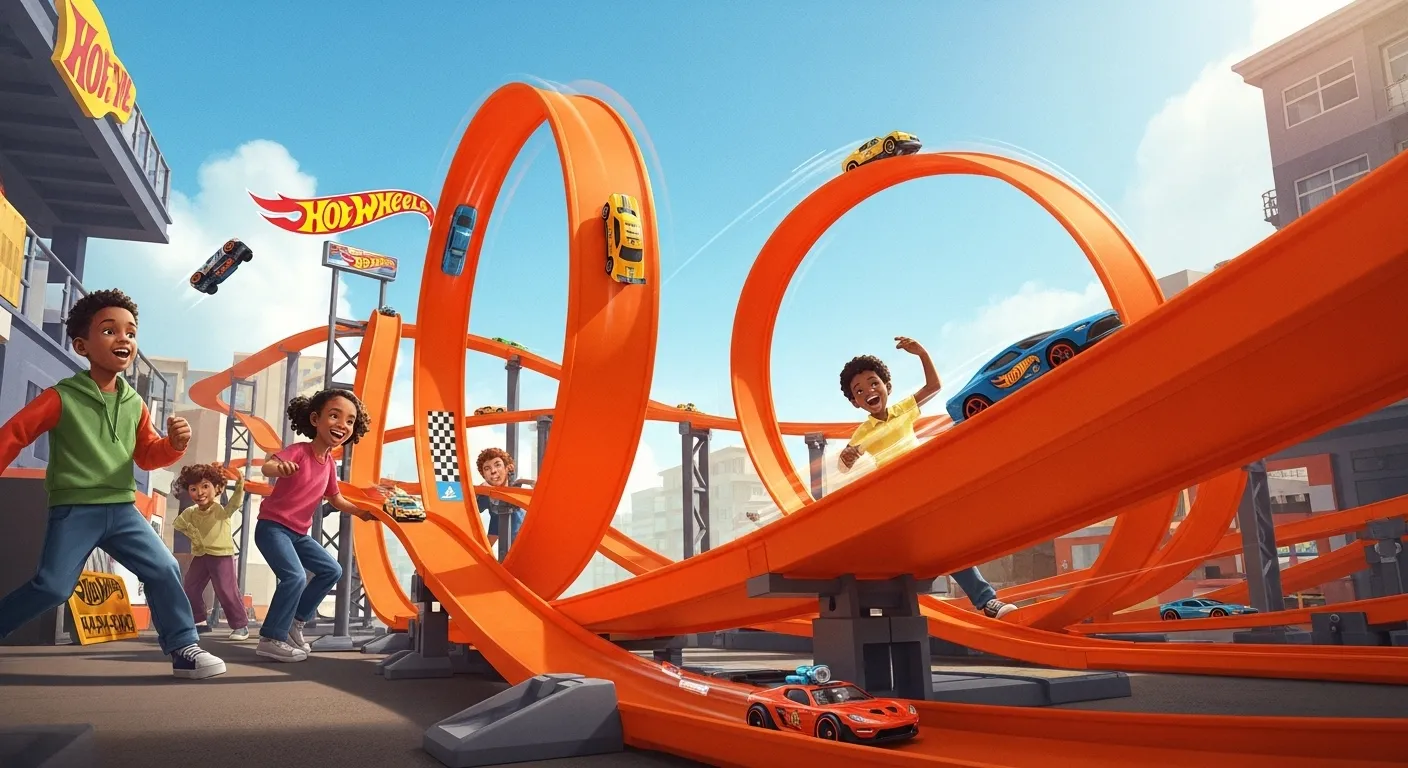
The launch of the recognizable bright orange track sets contributed to the brand's success. By enabling children to construct gravity-defying loops, ramps, and banked turns, these adaptable, snap-together parts turned play from a straightforward push-and-go activity into an engaging racing game. In order to produce more accurate and licensed models, Hot Wheels also started working with actual automakers during this period.
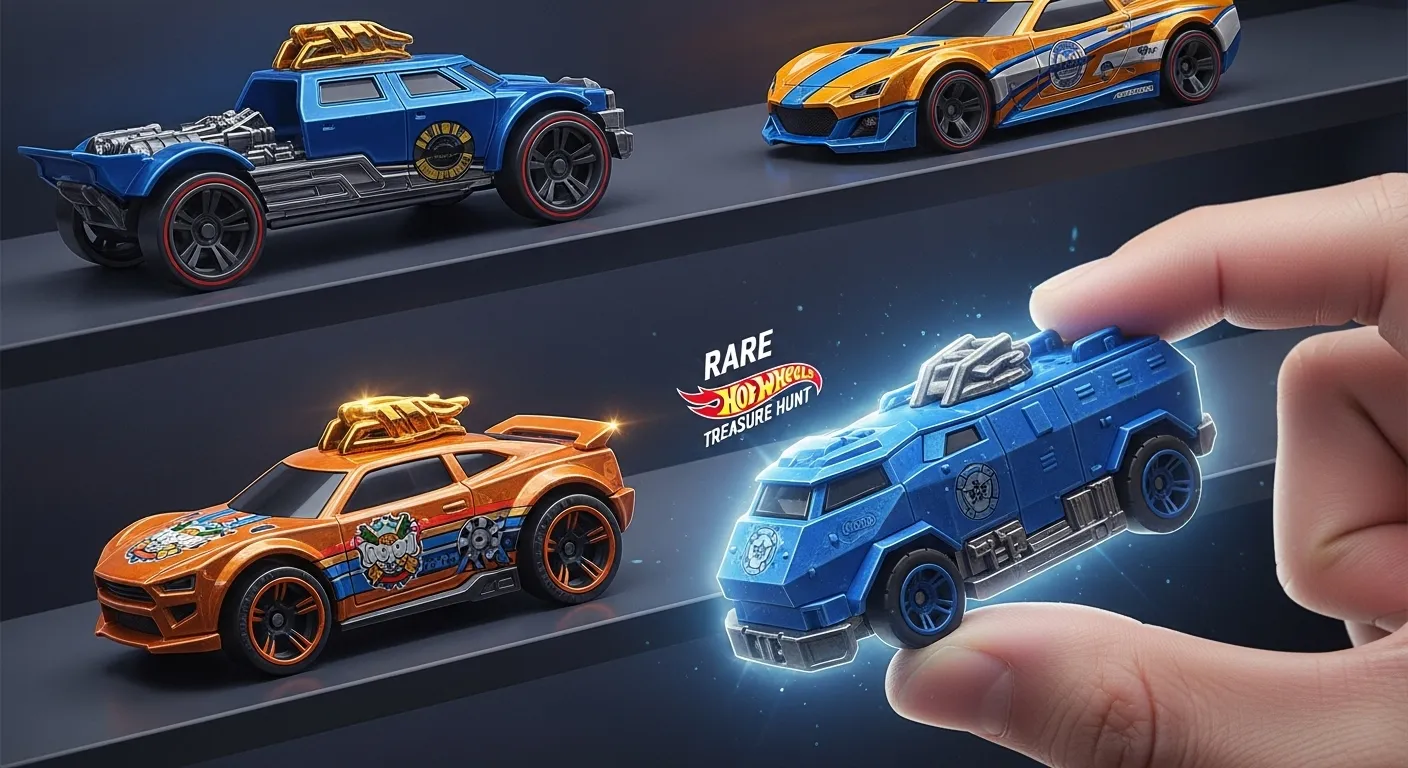
A major change occurred in the 1990s when Hot Wheels started aggressively pursuing the adult collector market. A limited number of models with unique designs and rubber tires were introduced in 1995 as part of the Treasure Hunt series. These models were placed in mainline assortments so that fortunate collectors may find them. This increased the hunt's level of excitement and produced a secondary market. Then came the more rarer Super Treasure Hunts, which had finer finishes and more detailed embellishments.
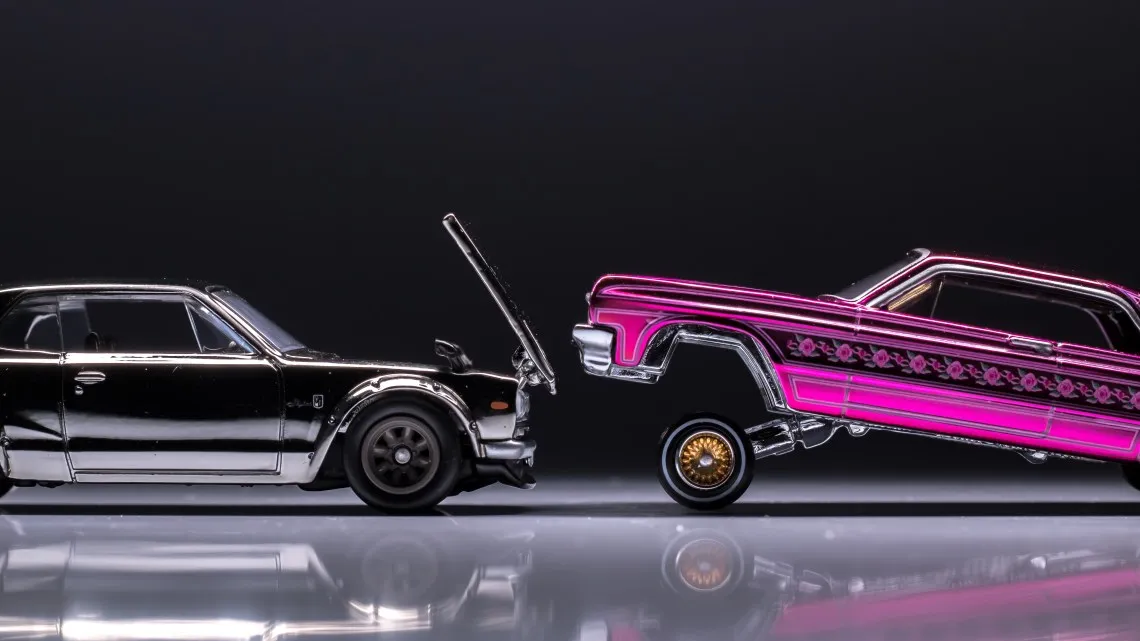
In the 21st century, Hot Wheels expanded its reach through special editions, premium lines, and digital media. They launched the Redline Club (RLC), an exclusive online community for collectors offering special, highly detailed die-cast models. The brand also moved into video games, animated series, and the "Hot Wheels Legends Tour," a live car show that gives fans the chance to have their custom car immortalized as a Hot Wheels die-cast.
Prices and Editions
The price of a Hot Wheels car can range dramatically, from a few dollars to tens of thousands.
The majority of Hot Wheels cars are part of the “mainline” series, which are typically sold for around $1 to $2. These are the cars most commonly found in stores and are produced in high volumes.
The true value of a Hot Wheels car is determined by its rarity, condition, and demand. Some of the most valuable cars are original models from the 1960s with rare color variations or production errors. For example, the original 1969 Volkswagen Beach Bomb with its surfboards stored on the side is considered the holy grail of Hot Wheels collecting, with one known pink version valued at over $150,000. Treasure Hunts, Super Treasure Hunts, and Redline Club releases also command higher prices on the secondary market.
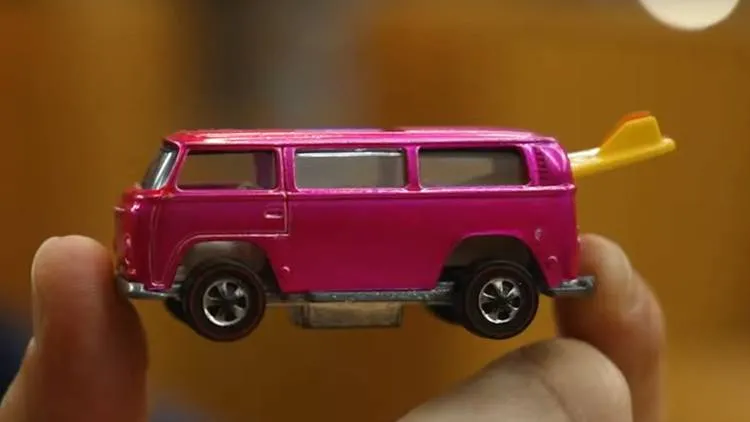
The Original "Sweet 16" Lineup (1968)
- Beatnik Bandit
- Custom El Dorado
- Custom Camaro
- Custom Corvette
- Custom Fleetside
- Deora
- Custom Mustang
- Custom T-Bird
- Hot Heap
- Ford J-Car
- Custom Cougar
- Custom Firebird
- Custom Barracuda
- Python
- Silhouette
- Custom Volkswagen
Most prominent Hot Wheels collections
Mainline Series
This is the most common and widely available series. Each year, there are over 250 new models released, including both licensed vehicles and original Hot Wheels designs.
- New Models: This sub-series features the newest castings for the year.
- Segment Series: The cars are organized into different themed sets (e.g., HW Off-Road, HW Race Team, X-Raycers).
- Annual Mainline: The entire year’s release of approximately 250 cars is considered the annual Mainline.
Premium Collections
These are higher-quality, more detailed cars for collectors. They typically feature metal bodies and chassis, and “Real Riders” rubber-like wheels.
- Car Culture: This is a popular premium line featuring specific themes like “Modern Classics,” “Boulevard,” and “Team Transport.”
- Pop Culture: Cars based on movies, TV shows, and other pop culture properties (e.g., Batman, Marvel, Star Wars, Fast & Furious).
- Replica Entertainment: A series dedicated to highly detailed replicas of cars from various entertainment franchises.
- Team Transport: A set that includes a premium car and a matching hauler truck.
Treasure Hunts and Super Treasure Hunts
These are the most sought-after cars in the Hot Wheels collection. They are randomly inserted into the regular mainline assortments and are distinguished by a special symbol and design.
- Treasure Hunts (T-Hunts): These cars have a small flame logo on the car and a special symbol on the card behind the car.
- Super Treasure Hunts ($TH): A rarer version of the T-Hunt. They are identified by their “Spectraflame” paint, “Real Riders” wheels, and a “TH” or “STH” on the card.
Collector-Specific Series
These collections are often exclusive to specific retailers or the official Hot Wheels Collectors website.
- Red Line Club (RLC): This is a membership-based club for serious collectors. RLC cars are highly detailed, have very limited production runs, and are sold exclusively through the Mattel Creations website. They often feature opening parts, and come with a certificate of authenticity.
- Hot Wheels Legends Tour Exclusives: Cars created to commemorate the winners of the annual Hot Wheels Legends Tour, a competition for custom car builders.
Other Notable Collections
- Monster Trucks: A popular line of oversized die-cast trucks.
- Mario Kart: A series of karts and characters from the popular video game.
- Color Shifters: Cars that change color when exposed to hot or cold water.
- ID Cars: Vehicles with an NFC chip that allows them to be used in the Hot Wheels ID app